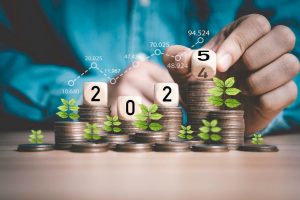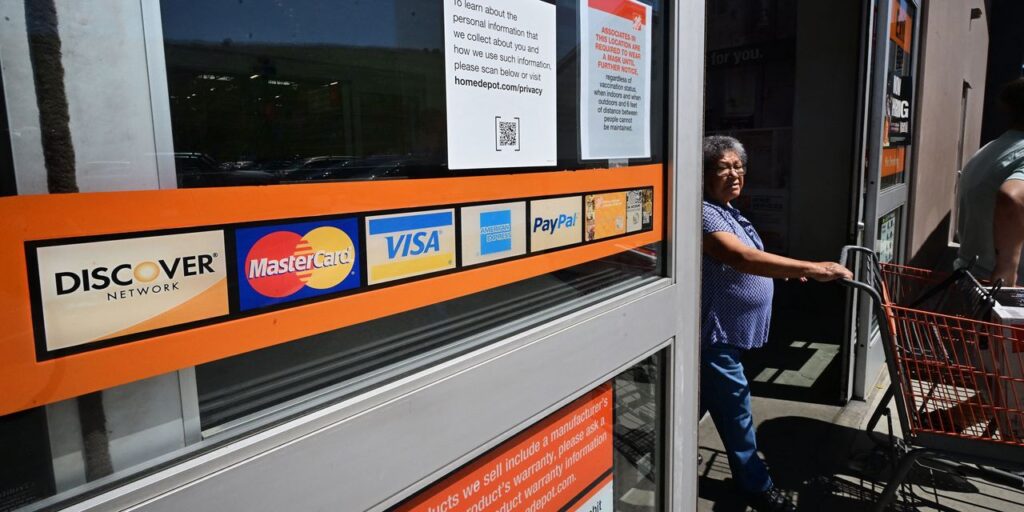The numbers: The amount of credit U.S. consumers used in August recorded the biggest decline since the early stages of the pandemic in 2020, likely because people began to pay back college loans.
Consumer credit shrank by $15.6 billion in August, Federal Reserve data showed. It was the biggest decline since May 2020.
Economists had expected a $12 billion increase, according to a Wall Street Journal forecast.
All of the decline was in so-called non-revolving credit such as auto and student loans. Outstanding credit in that category sank by $30.3 billion.
Student-loan payments and interest to the government had been suspended since the pandemic, but interest began accumulating again in September after the failure of the Biden administration’s plan to offer debt relief. The Supreme Court struck down the plan in June.
Some student-loan borrowers appear to have started making payments early to avoid extra interest when payments resumed in October.
Key data: Revolving credit, like credit cards, increased at a 14% annual rate in August.
Americans appear to be relying more on debt to pay for their purchases. They are also using more “buy now and pay later” plans.
More from Marketwatch: More people plan to use ‘Buy Now Pay Later’ for holiday shopping this year — but there’s one ‘troubling sign’
Credit-card debt recently topped the $1 trillion mark for the first time ever and delinquencies are rising. Other data suggest households are still in relatively good financial shape, however.
Auto and student loans, known as non-revolving credit, declined at a 10% pace. That category of credit is much less volatile.
The report does not include mortgages, the largest category of household debt.
Big picture: Higher interest rates are making consumers more wary of taking on debt. Mortgage rates have neared 8%, for instance, freezing many people out of the housing market.
Yet more Americans are using credit cards for ordinary expenses — a potential sign of growing financial stress.
Looking ahead: “The unexpected contraction in consumer credit in August appears to have been driven by the one-off jump in voluntary repayments of student loans early ahead of the October resumption deadline,” said lead U.S. economist Michael Pearce of Oxford Economics. “[W]e expect a slowdown in other forms of credit as the economy slows, lending conditions tighten further, and interest rates edge higher.”
Market reaction: The Dow Jones Industrial Average
DJIA,
the S&P 500 index
SPX,
rose in Friday trades.
Read the full article here











